The 'Fearless Girl' vs 'Charging Bull' Faceoff Is About Far More Than Women In US Boardrooms
/New York City Mayor Bill De Blasio poses for a photo with the Fearless Girl statue during a press availability, March 27, 2017 in New York City.
'A Fearless Girl' was all over the news last evening, and I couldn't understand why. AOC has covered the glorious girl statue facing off against sculptor Arturo Di Modica's 'Charging Bull' from her March 8, 2017 International women's Day Bowling Green debut -- including demands that she vacate her space by Di Modica. So why is this dear 'Fearless Girl' back in the headlines?
ArtNet gives a clue -- perhaps. New York Mayor Bill de Blasio already came to 'Fearless Girl's' defense, allowing her to camp out in Bowling Green until February 2018. The gesture can't hurt a mayor facing a tough re-election battle next year. And from all we know, de Blasio's record on women's rights is generally solid.
Oh wait!! The mayor tweeted: "Men who don't like women taking up space are exactly why we need the 'Fearless Girl'.
That blast surely got the Arturo di Modica's attention, especially with the Charging Bull artist adamant that he is not sexist and neither is his bull. Perhaps for di Modica; nada for the bull. Christina Cauterucci writes for Slate today that until 'A Fearless Girl' faced off against 'Charging Bull', the sculpture was an "encouraging representation of a booming economy. Now, charging toward a tiny human, it’s a stand-in for the gendered forces that work against women’s success in the workplace. "
I'm not one to quote a woman's age, but Cauterucci got her journalism degree in 2013. That makes her about 15 years old in the midst of America's major financial crisis in 2007/2008. It makes her ready to graduate from high school in the birth of the Occupy Wall Street movement that began on September 17, 2011, in Zuccotti Park, located in New York City's Wall Street financial district.
No symbol of Wall Street was more directly tied to the Occupy Wall Street movement -- so much so that it was protected for well over a year by the NYPD, wrote the New York Times in September 2012. For those who believe Occupy accomplished nothing in its core arguments, I refer you to the recent Democratic presidential party between Sanders and Clinton -- and the presidential election itself.
'A Fearless Girl' stands for far more than making more women executives in business. In the minds of many, 'A Fearless Girl' is a moral symbol of standing up for the little people as America becomes an increasingly story of the very rich and the rest of us. As defined by Princeton University prof Martin Gilens and Northwestern University prof Benjamin I Page is no longer a democracy and is increasingly an oligarchy.
Anne of Carversville has written about 'Charging Bull' for years, and always within the context of raging testosterone untempered by estrogen.
Mixed Gender Top Leadership Delivers Better Financial Results
'A Fearless Girl's' reputation has been further sullied in the press -- not only as a marketing stunt by State Street Global Advisers and its ad agency McCain New York -- but as a hypocritical gesture, given the reality that only 18 percent of SSGA leadership positions are held by women. The point is a valid challenge, although the formal goals of the SSGA campaign are not. The key message of the campaign -- also highlighted in AOC for almost a decade -- and have been lost in all the shouting.
'A Fearless Girl' fronts a SSGA campaign that calls on more than 3,500 companies -- ones that SSGA invests in on behalf of clients -- to take concrete steps to increase the number of women on their boards. Why? Because the research is clear:
Numerous studies, including one from MSCI (Modern Index Strategy Indexes) cited by SSGA show higher returns on equity in firms with significant numbers of female professionals in the executive suite and on the board. In the MSCI research, companies with strong female leadership have a return on equity of 10.1 percent a year, versus 7.4 percent from those without a critical mass of women at the top, says SSGA. " Yet one in four Russell 3000 companies don’t have even one woman on their board, and nearly 60 percent of boards are less than 15 percent women."
Digging more deeply into the data, Catherine Yoshimoto, Senior Index Product Manager at Russell 3000 reminds us how little progress has been made on this issue in the last decade.
I discovered that, at least in the US, the glass is only 5% full for women, as represented by the percentage of female CEOs of companies in the Russell 3000® Index. This figure was consistent when based both on number of companies and as a percentage of market cap. Five percent is remarkably low, given women make up 47% of the civilian labor force, of which 75% work full-time.[1]
As for the camp defending Arturo Di Modica and his golden-balls Wall Street bull, we are on notice to 'Fearless Girl': SEE YOU IN COURT LITTLE GIRL!!! ~ Anne






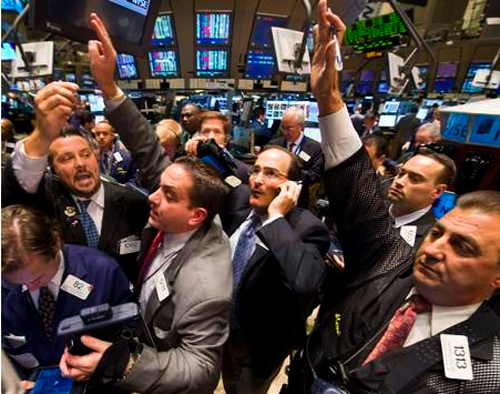


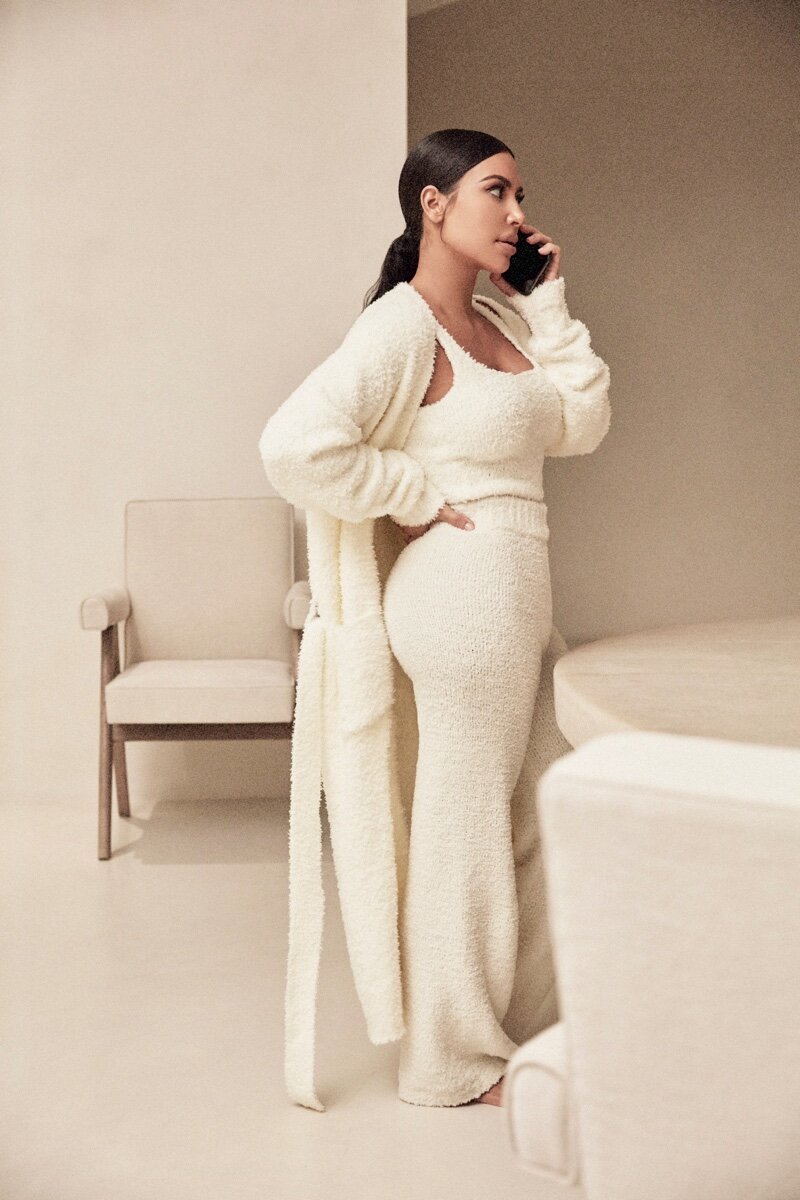

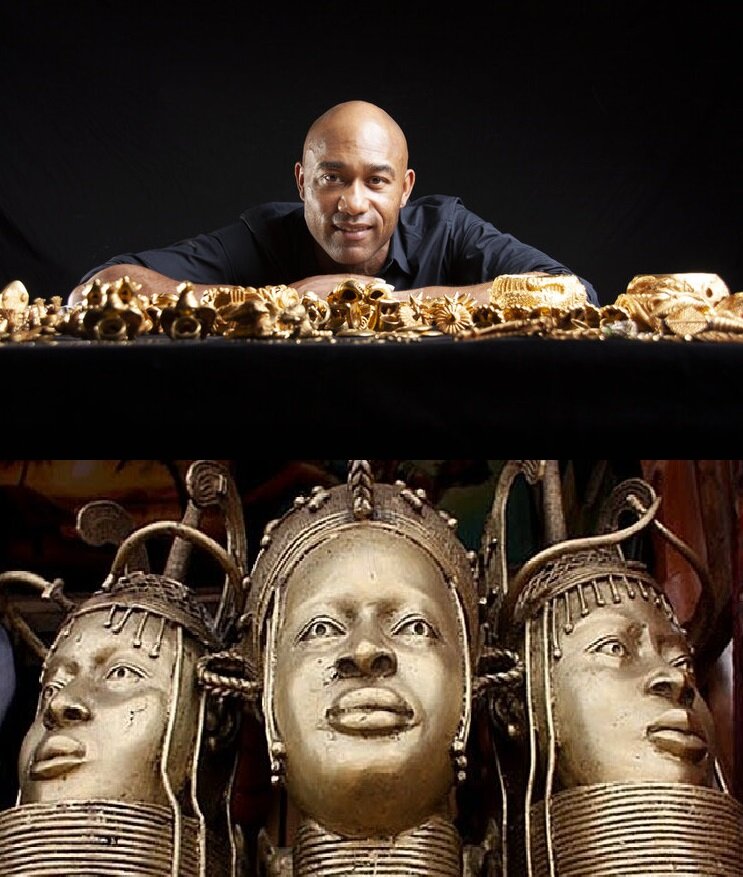





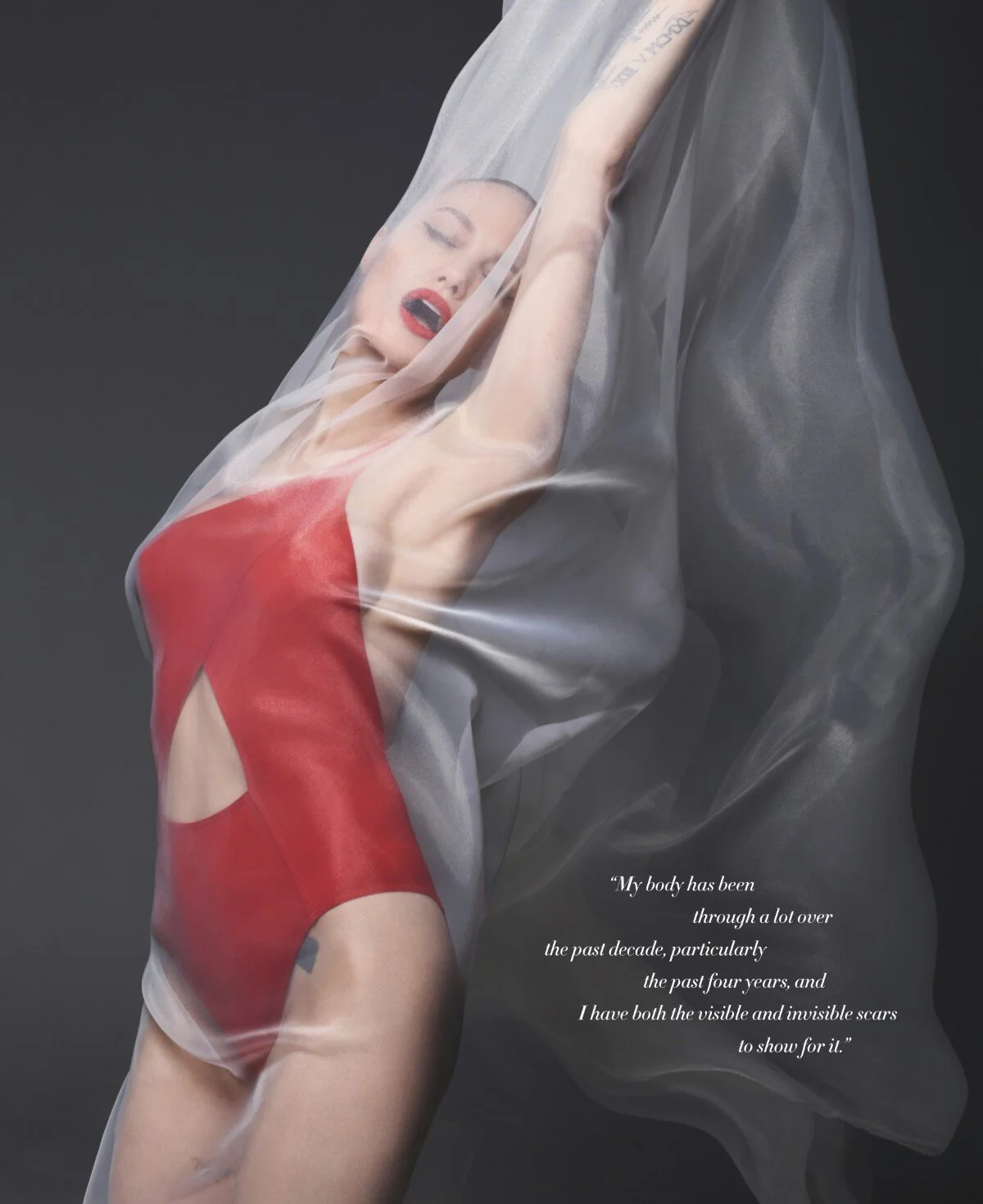
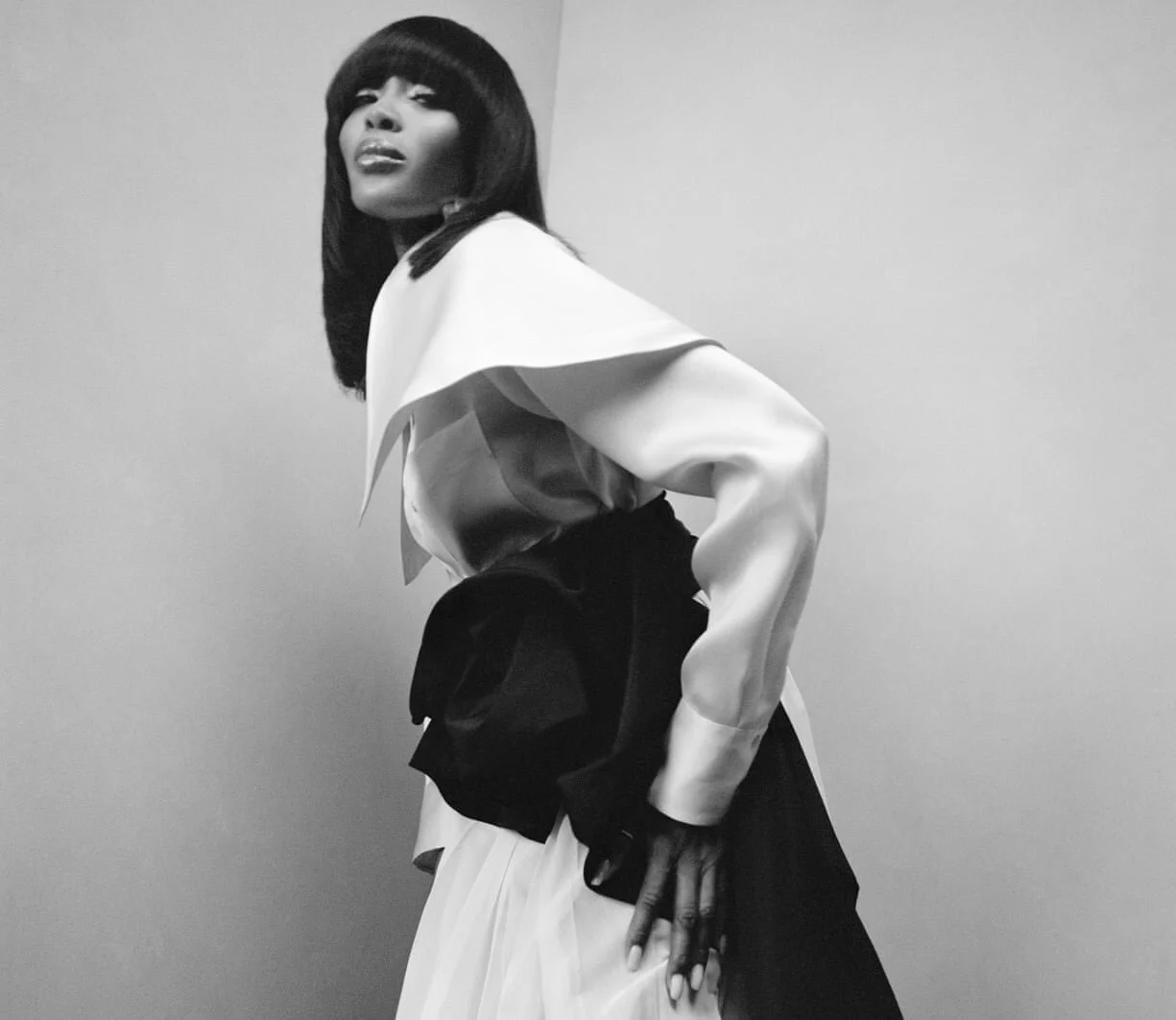


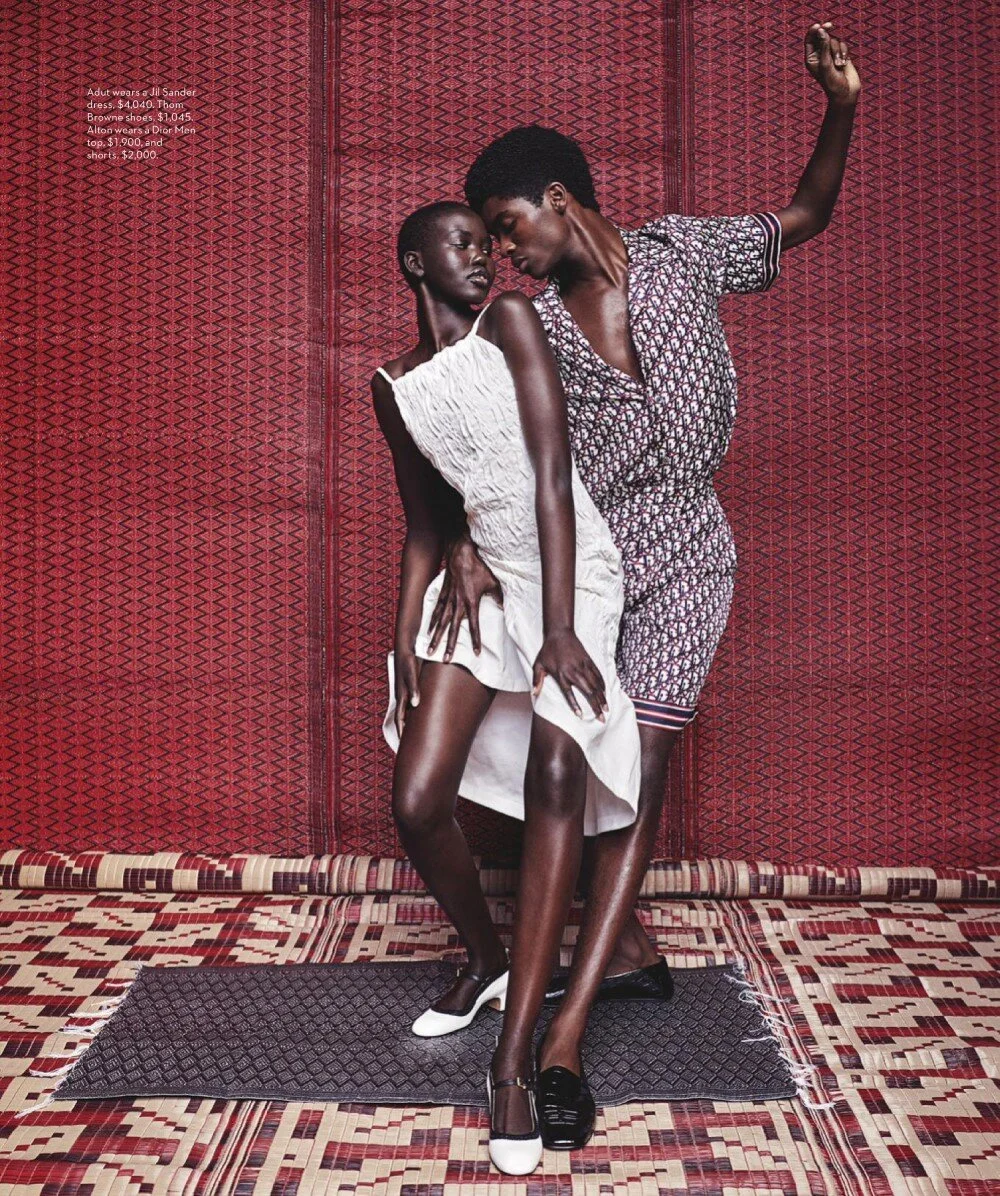
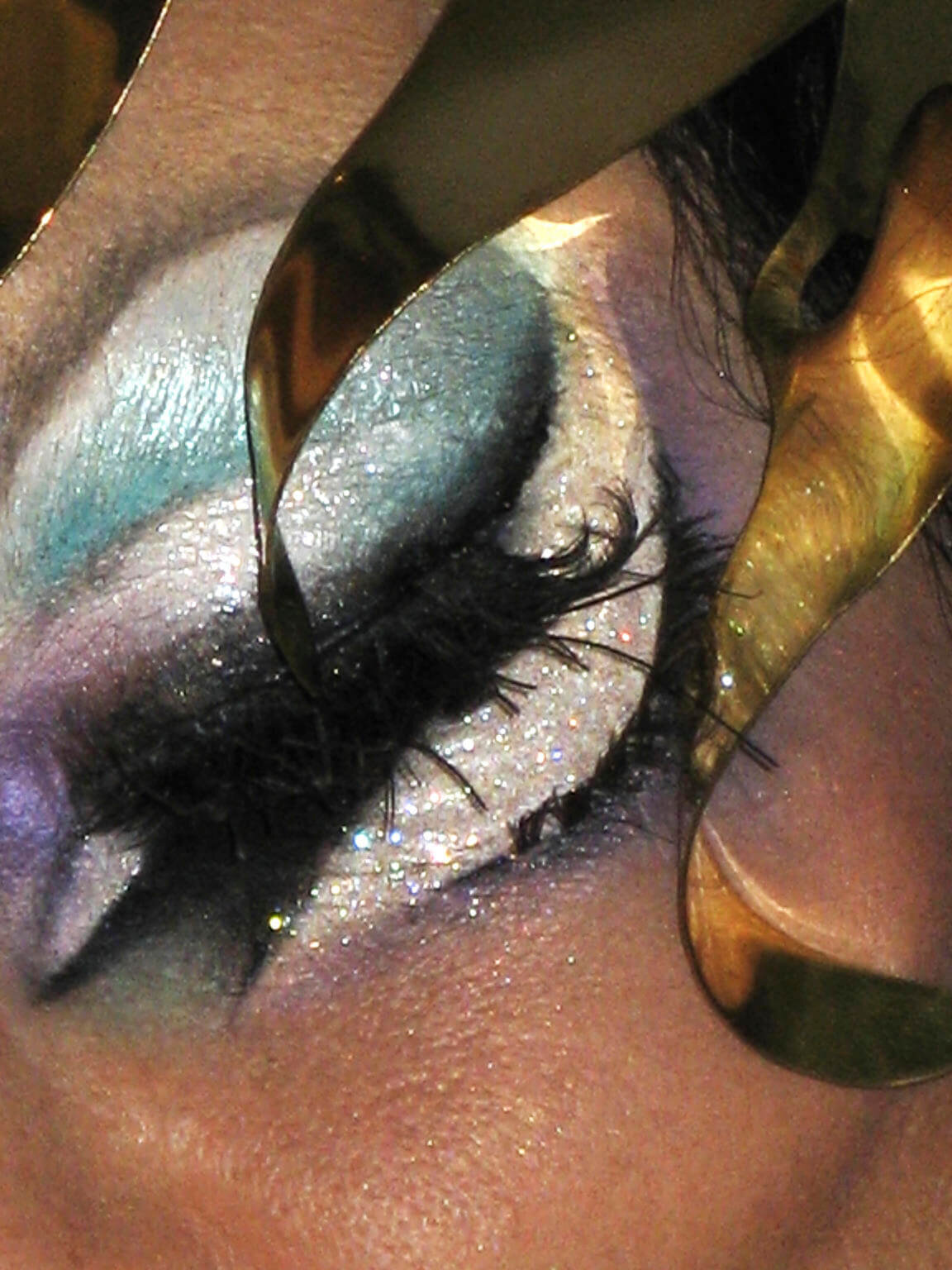

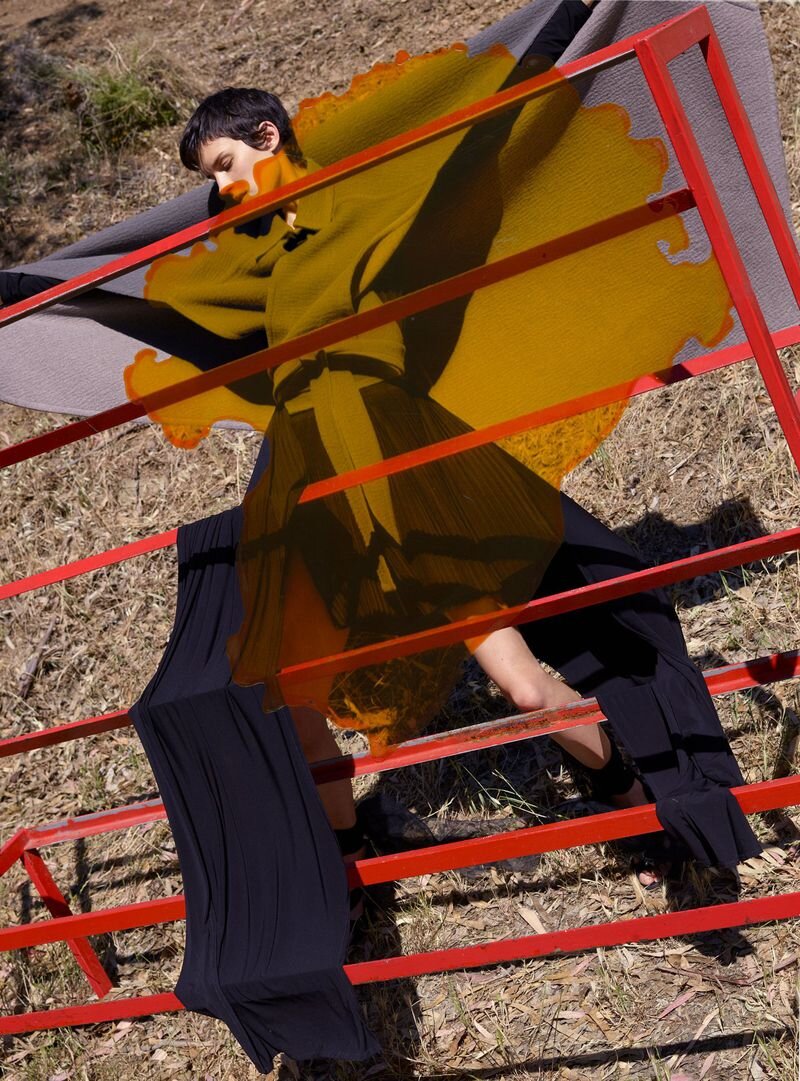









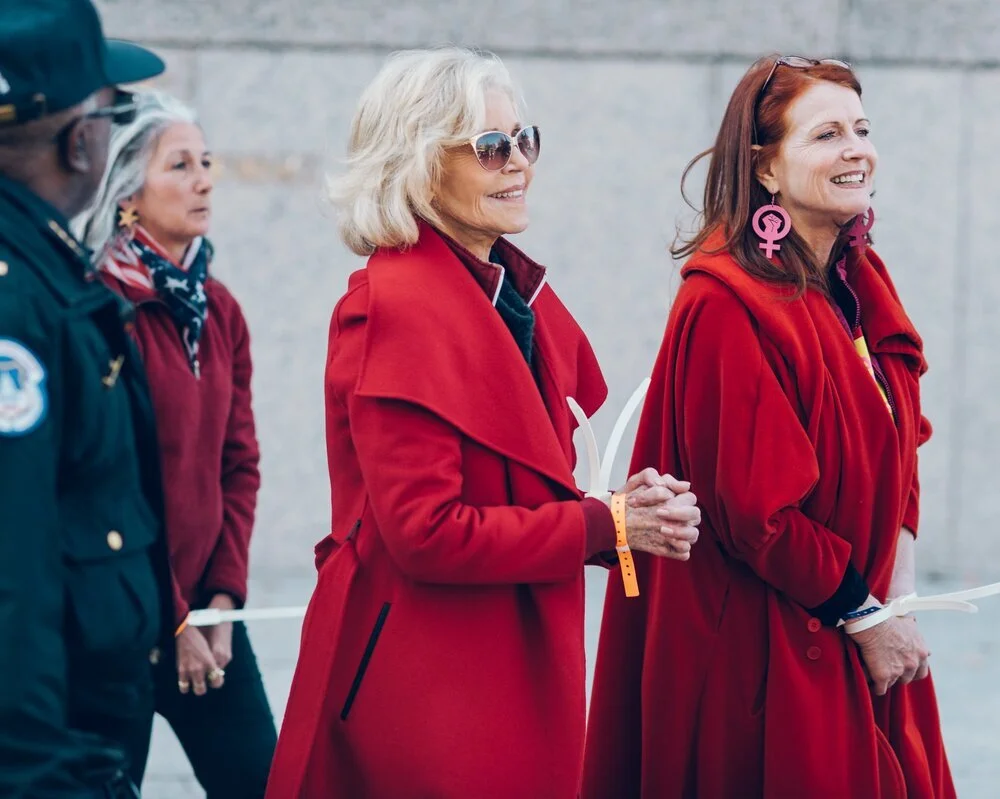

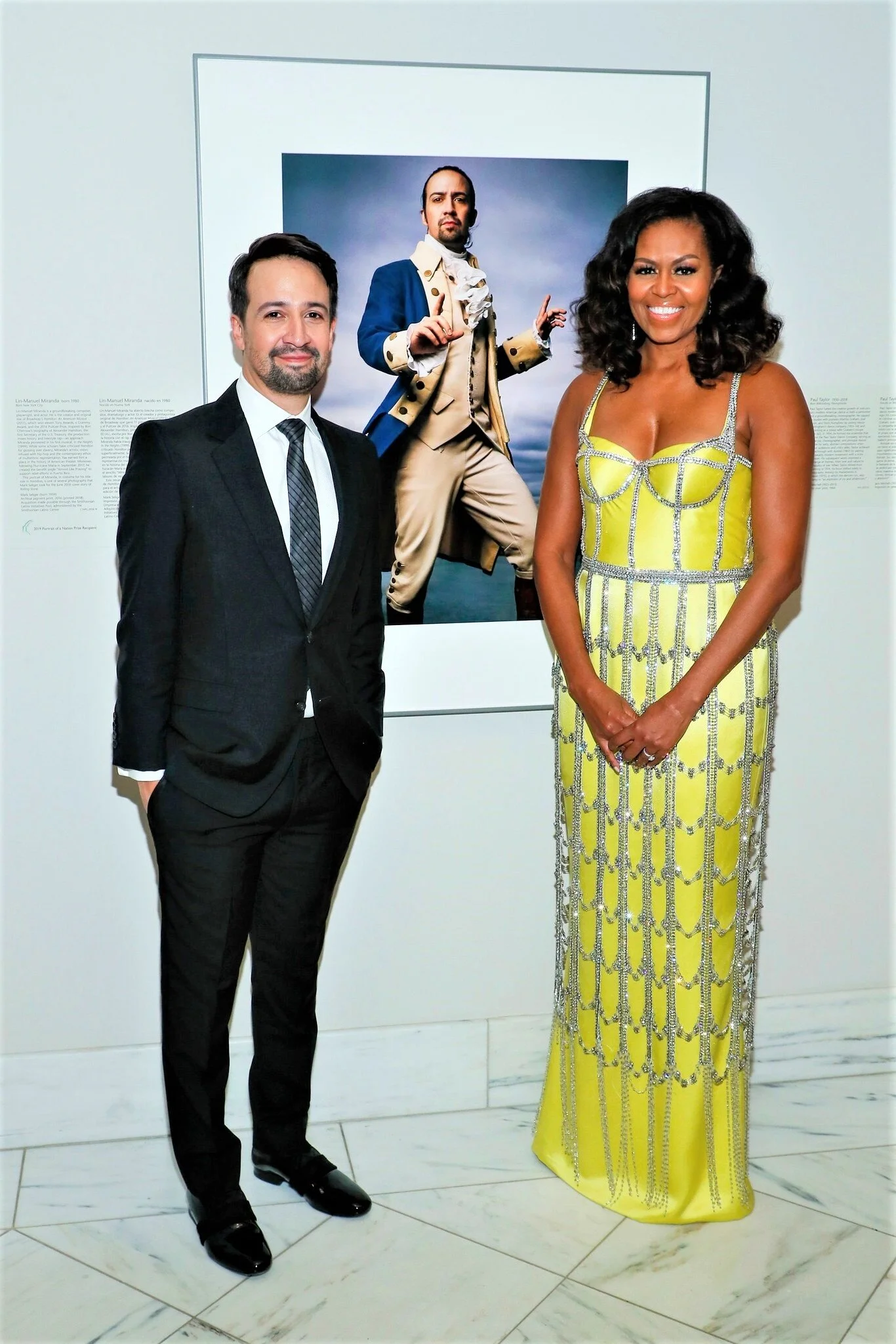



























Frans Hals, Banquet of the Officers of the St George Militia of Haarlem (1627)